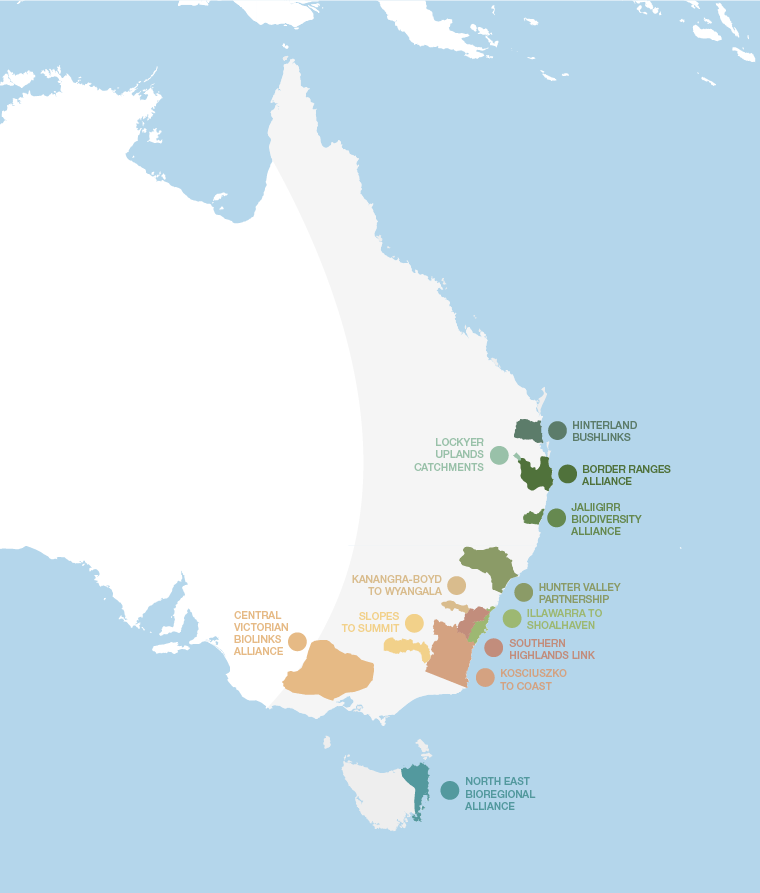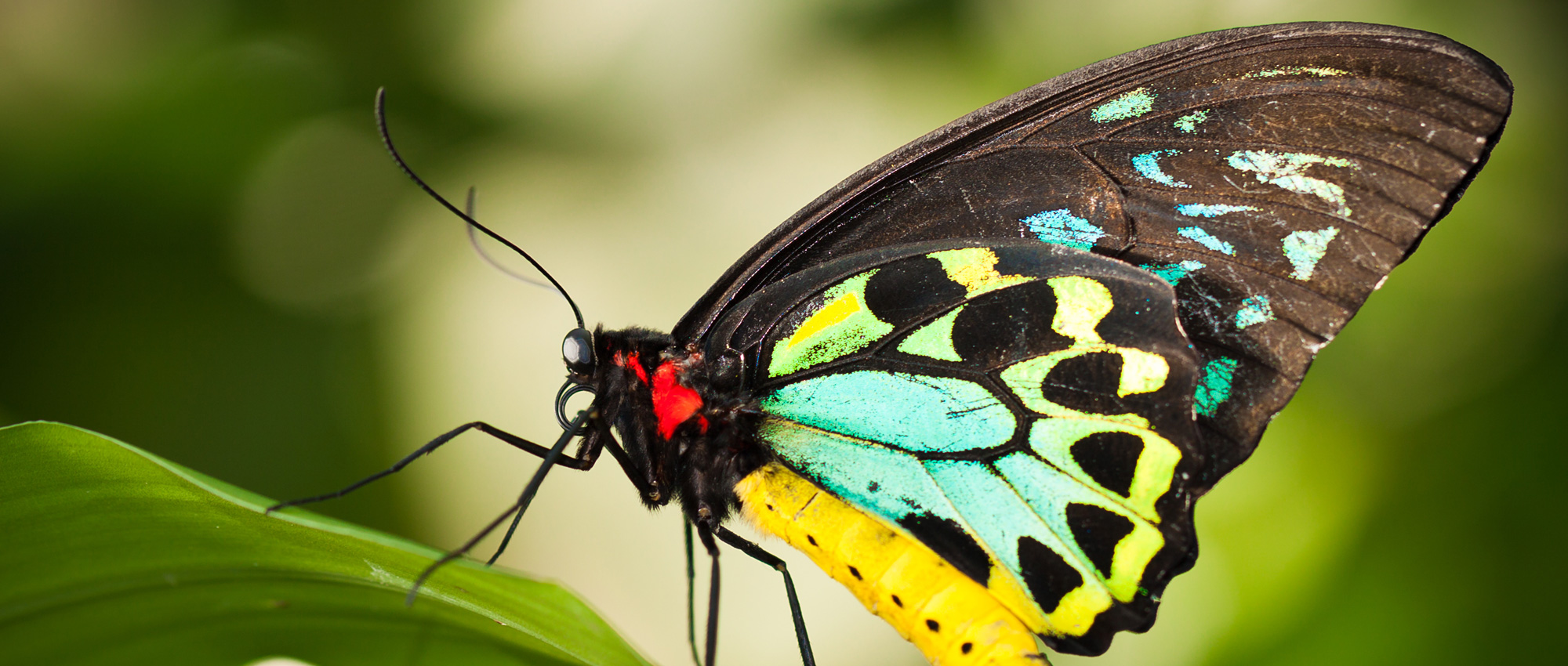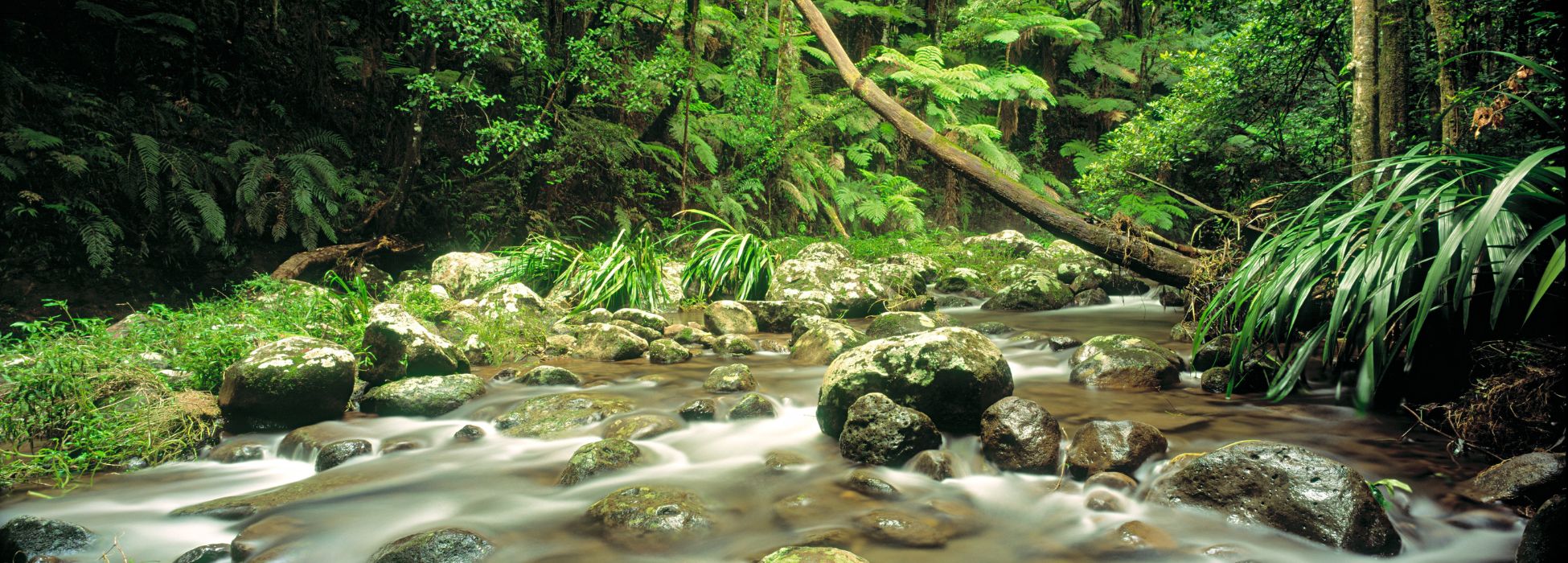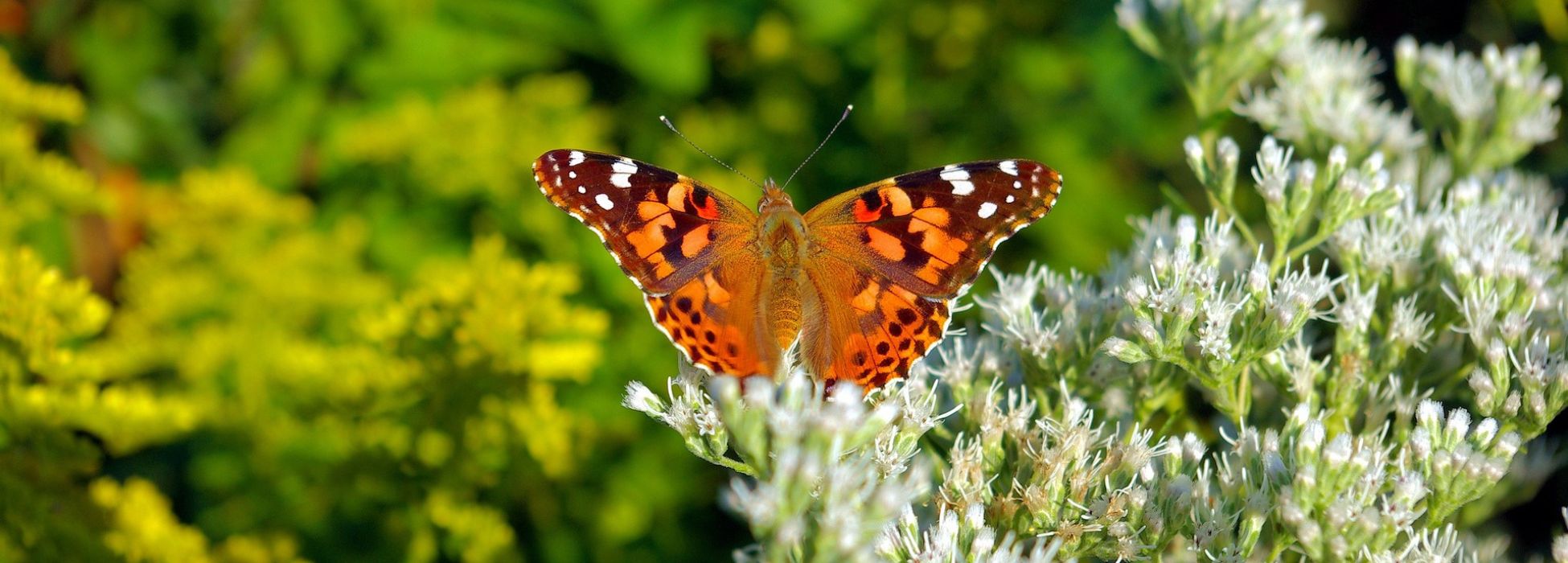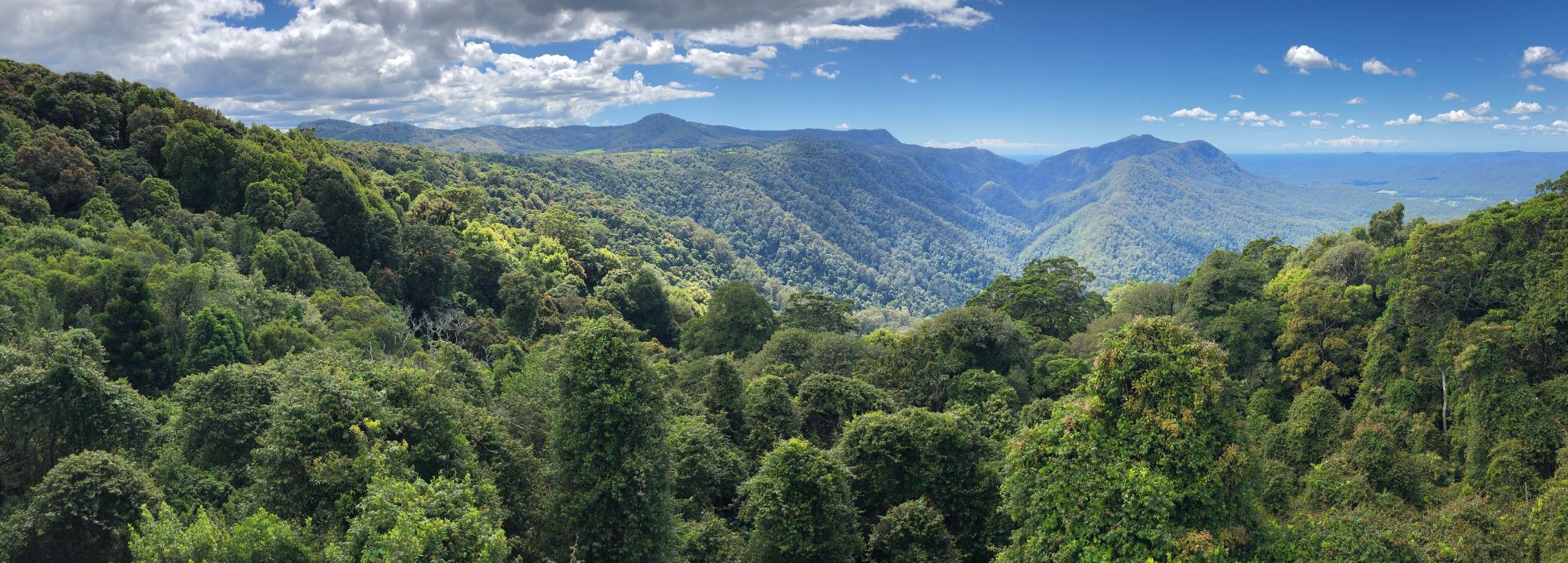The Great Eastern Ranges (GER) initiative is one of the world’s largest connectivity conservation efforts, with a vision spanning a vast 3,600km swathe of eastern Australia.
To help ensure that resources are directed towards the highest priority sites and are not spread too thin to achieve the greatest impact on the ground, we have used data and spatial analyses to identify a series of focus landscapes. These landscapes have been selected on the basis of their containing important habitat connections and climate refugia for wildlife, and the high diversity of plants and animals that occur within them.
The map below shows GER’s current twelve focus landscapes in which our regional partners are working with landholders, local communities and organisations to protect, connect and restore core wildlife habitats and natural systems.



